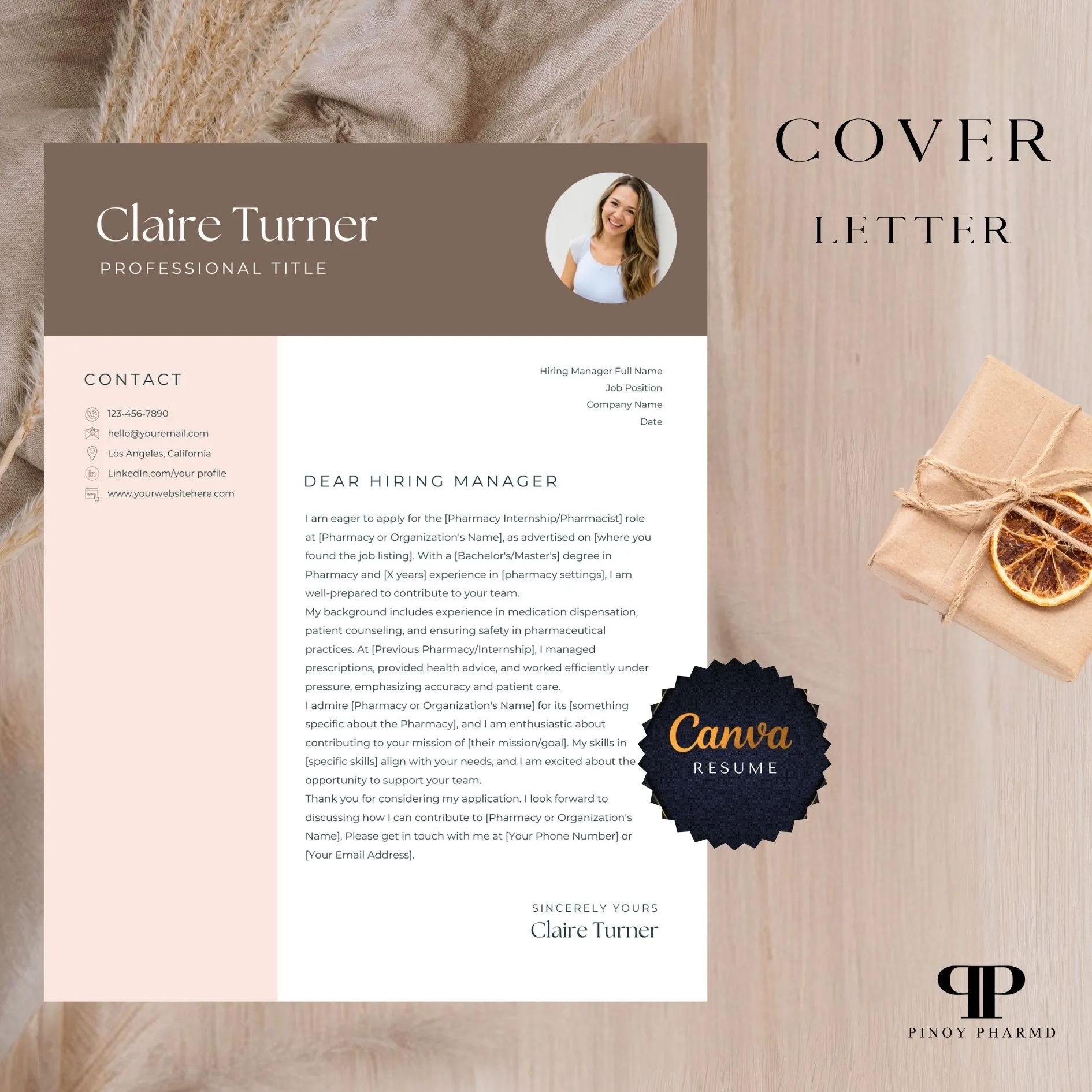What Makes a Professional Cover Letter Important
A professional cover letter is more than just a formality it’s your first impression in the competitive world of job applications. It serves as a vital introduction, allowing you to showcase your personality, skills, and enthusiasm for a role. Unlike your resume which provides a factual overview, your cover letter lets you tell a story, connecting your experience to the specific requirements of the job and the values of the company. It’s an opportunity to highlight why you are the perfect fit, going beyond what is listed on your resume. By using a well-crafted cover letter, you significantly increase your chances of getting noticed and securing an interview. This is where you can demonstrate your understanding of the company and your genuine interest in the position.
Key Elements of a Cover Letter
Creating a compelling cover letter involves several key components, each playing a crucial role in conveying your qualifications and interest. These elements, when combined effectively, ensure your letter is both informative and engaging, capturing the attention of the hiring manager from the start. Proper formatting and attention to detail are also crucial to make a lasting impression.
Contact Information
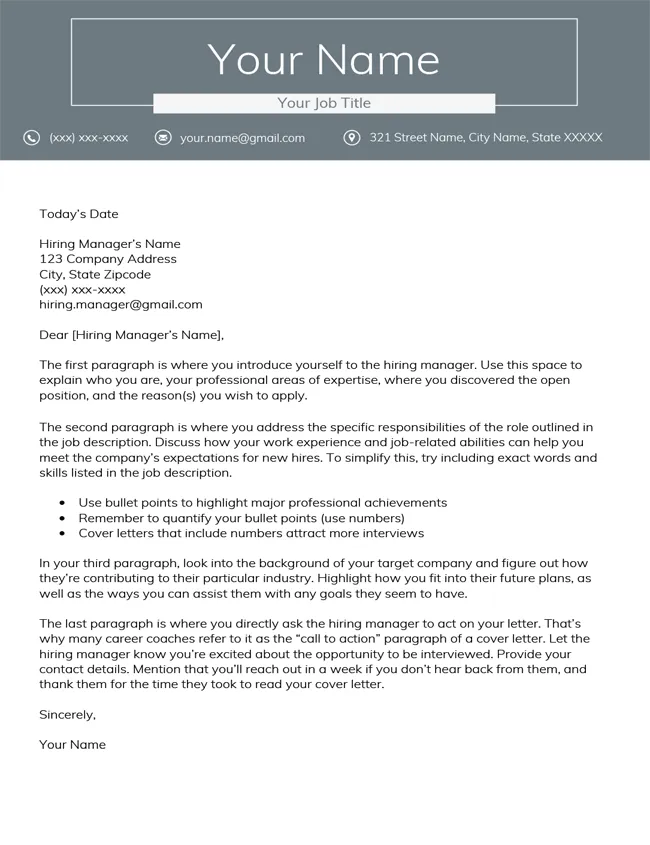
Begin with your full name, address, phone number, and email address. Ensure these are accurate and professional. Also, include the date and the hiring manager’s name and title, if known, along with the company’s address.
Professional Greeting
Address the hiring manager by name (e.g., ‘Dear Mr. / Ms. [Last Name]’) if possible. If not, use a professional alternative such as ‘Dear Hiring Manager’. Avoid generic greetings like ‘To Whom It May Concern’.
Opening Paragraph
Clearly state the position you’re applying for and how you found the opportunity. Briefly mention why you’re interested in the role and the company. This sets the tone and grabs the reader’s attention immediately.
Body Paragraphs
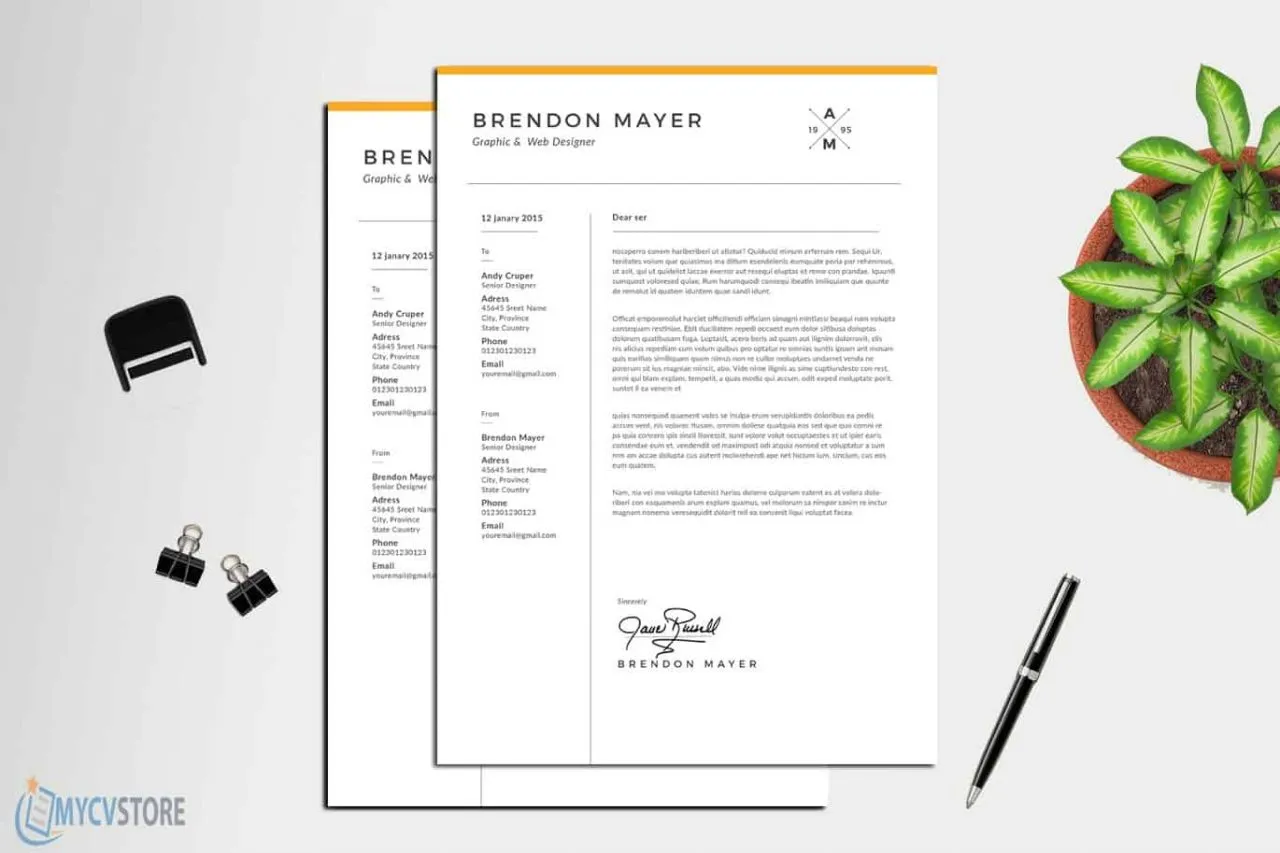
This is where you showcase your skills and experience. Tailor each paragraph to highlight relevant qualifications and achievements that align with the job description. Use specific examples to demonstrate your abilities and quantify your successes whenever possible. Show, don’t just tell, by providing concrete evidence of your capabilities. Address why you are the best fit for this opportunity.
Call to Action
Express your enthusiasm and reiterate your interest in the position. Include a call to action, such as expressing your availability for an interview and thanking the hiring manager for their time and consideration.
Closing
End with a professional closing such as ‘Sincerely’ or ‘Best regards,’ followed by your full name. Ensure your cover letter is formatted neatly, with a professional font and appropriate spacing. Proofread meticulously for any grammatical errors or typos before submitting.
Top 5 Professional Cover Letter Templates
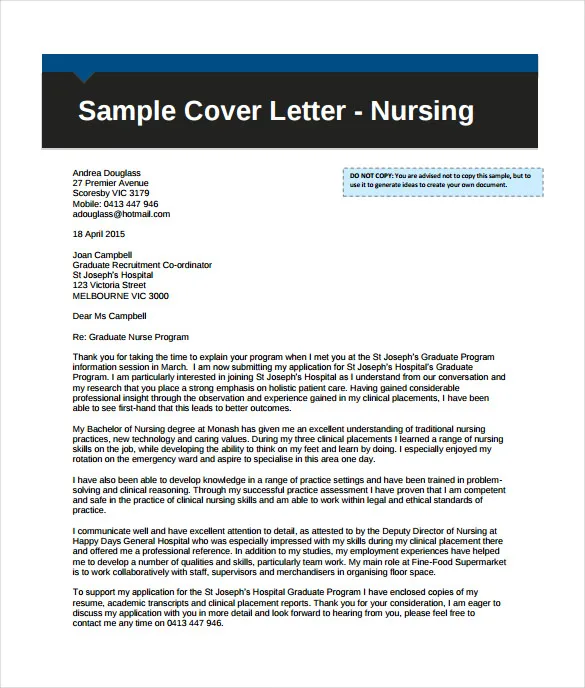
Choosing the right template can streamline your application process and present your skills effectively. Here are five excellent choices, each designed to cater to different professional styles and industries.
Template 1 The Modern Template
Modern templates often use clean layouts, contemporary fonts, and a minimalist approach. They are ideal for industries that value innovation and a forward-thinking approach, such as tech, design, and marketing. These templates usually incorporate subtle design elements that make your letter visually appealing. Ensure the template complements the overall tone of your resume.
Template 2 The Classic Template
Classic templates are characterized by their traditional structure, formal tone, and professional fonts like Times New Roman or Arial. They are suited for fields that prioritize professionalism and stability, such as law, finance, and government. These templates often use simple formatting to make your letter easy to read and reflect a sense of reliability. They show that you are serious and dependable.
Template 3 The Creative Template
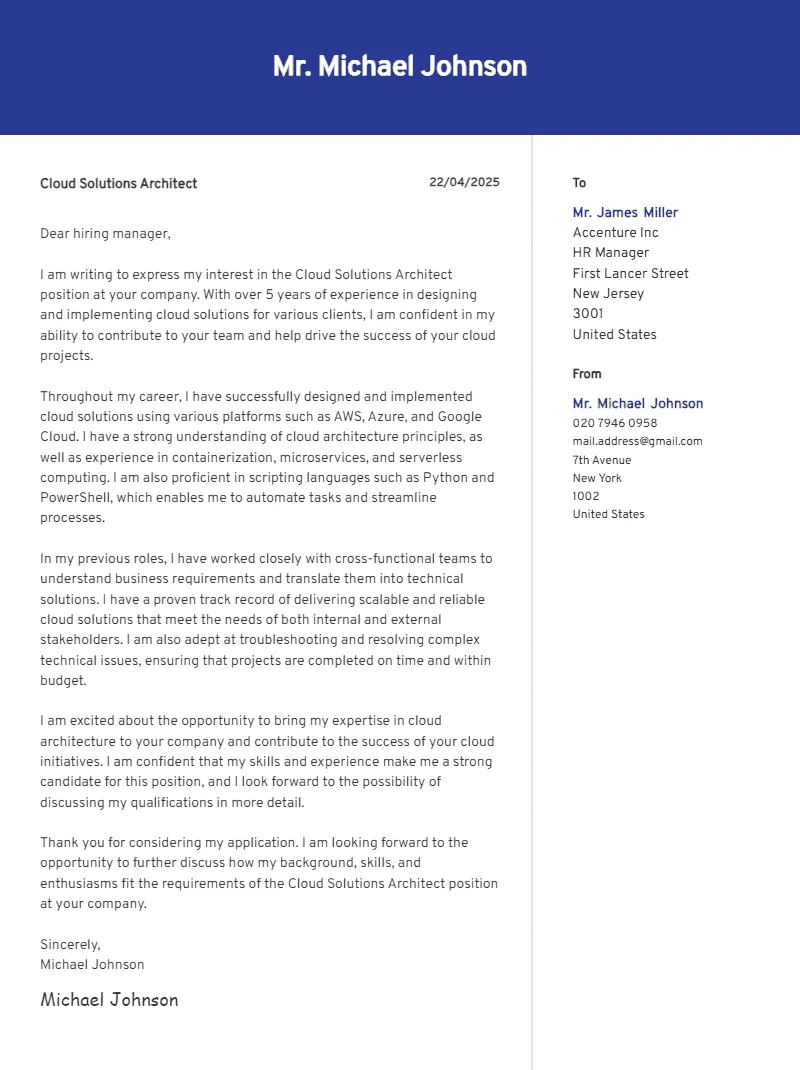
Creative templates employ unique layouts, unconventional fonts, and bold design elements to make your application stand out. They are most appropriate for creative industries like graphic design, advertising, and architecture. However, it is essential to ensure that the creativity complements the job and is not distracting. Use them cautiously, and only when they match the company’s culture.
Template 4 The Minimalist Template
Minimalist templates focus on a clean, uncluttered design with ample white space and a simple font. They work well for any industry, particularly for roles where clarity and efficiency are essential. These templates place emphasis on the content, allowing your skills and experience to take center stage. The focus is always on substance and ease of reading.
Template 5 The Functional Template
Functional templates emphasize the structure and organization of information, making it easy for the reader to find the key details. They include clear headings, bullet points, and sections to showcase skills, experience, and accomplishments. Suitable for any industry, these templates are particularly beneficial for those with extensive experience or varied skills. The primary goal is to highlight your abilities in a well-organized format.
How to Choose the Right Template
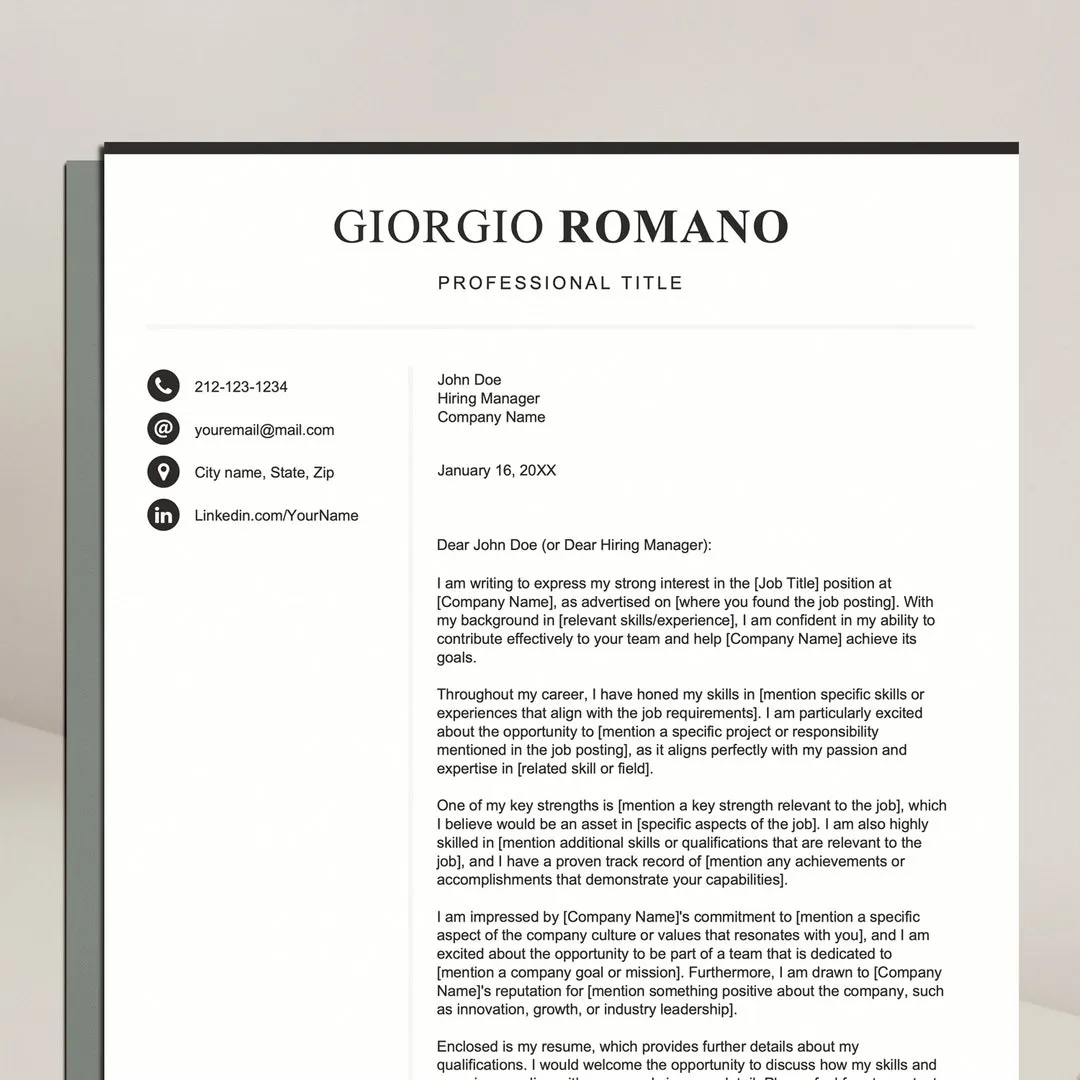
Selecting the right template is a crucial step in the job application process. The template you choose should not only present your information clearly but also reflect your personal brand and the requirements of the job. Think of it as a visual representation of your professional identity.
Consider Your Industry
Different industries have different norms. For example, a creative field might welcome a modern template, whereas a more traditional industry might prefer a classic one. Research the industry standards and the company culture to select a template that aligns with their expectations. Adapting to the industry shows you’re thoughtful about your applications.
Assess Your Personal Brand
Your personal brand is how you want to be perceived professionally. Does your personality lean towards innovative and modern? Or perhaps reliable and classic? Choose a template that reflects your strengths and values. The template should complement your resume and create a cohesive professional image that aligns with your career goals.
Review Template Examples
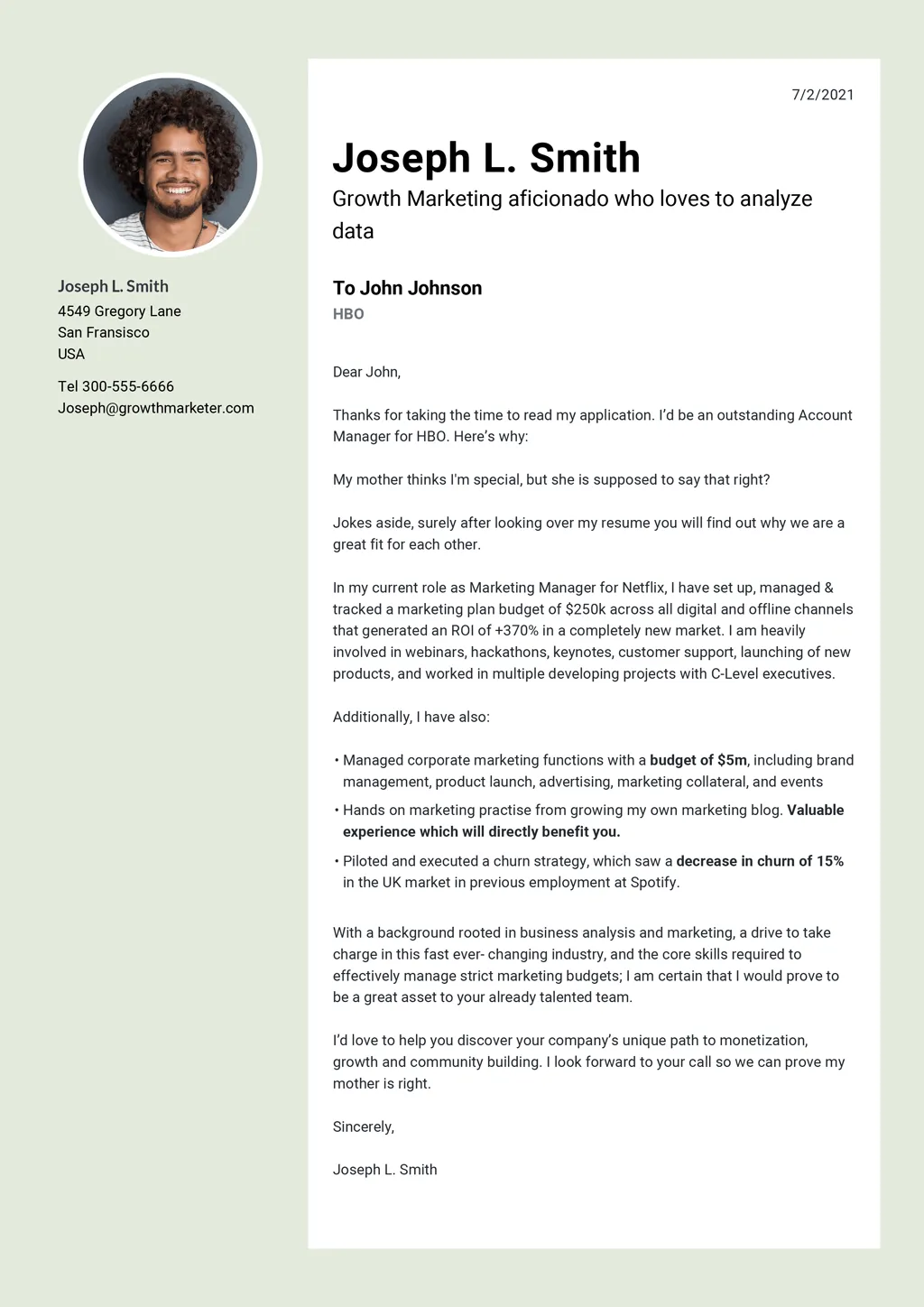
Browse various templates to see which ones best fit your needs. Many online resources offer free and premium templates. Look at multiple examples and compare different designs, layouts, and fonts. This will help you understand what works best for your industry and personal brand. Ensure the template is easy to customize and read.
Tips for Customizing Your Template
Once you’ve chosen a template, customization is key to making it your own. Tailoring your template ensures that your cover letter stands out and effectively communicates your unique skills and experience. The more it aligns with your experiences, the better.
Personalize the Content
While templates provide a structure, the content should be original and specific to each job. Highlight your relevant skills and experiences. Customize your letter by addressing the specific requirements of the job and mentioning why you are interested in the company. Show the hiring manager how your background aligns with their needs and goals. Generic cover letters are easily recognized and often discarded.
Match the Font and Style
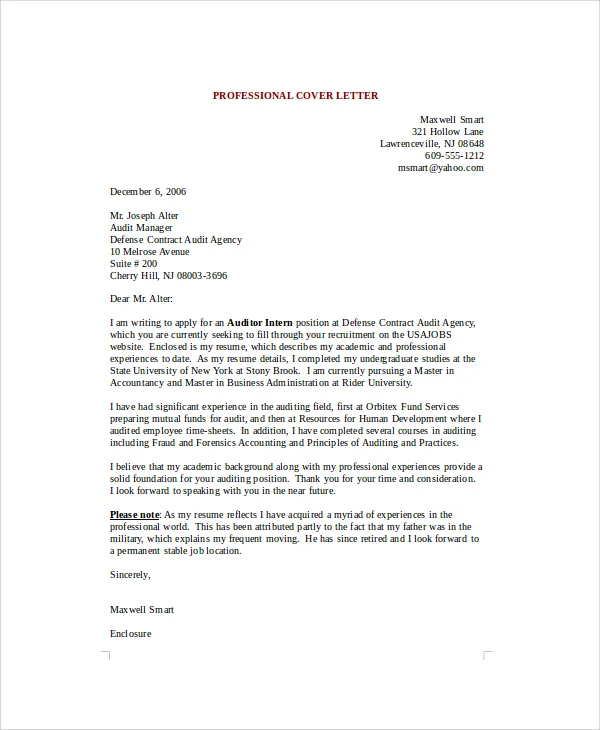
Use a professional font that is easy to read, such as Arial, Calibri, or Times New Roman. Ensure the font size is appropriate (typically 10-12 points) and maintain consistent formatting throughout your letter. Ensure the style complements your resume and personal brand. A consistent design conveys professionalism and attention to detail.
Proofread Meticulously
Proofreading is one of the most important steps in customizing your template. Check for any spelling, grammar, or punctuation errors. Even minor mistakes can create a negative impression. It’s advisable to have someone else review your letter as well, as a fresh pair of eyes can often catch errors that you might miss. A well-proofread cover letter shows that you value accuracy and attention to detail.
Final Thoughts Make It Count
A professional cover letter is a powerful tool in your job search. By choosing the right template and customizing it to fit your needs, you can create a compelling introduction that grabs the reader’s attention and increases your chances of landing an interview. Remember to focus on clarity, conciseness, and personalization. Invest time and effort in crafting a cover letter that showcases your unique skills, experience, and enthusiasm for the job. Your goal should always be to make a strong first impression and get your foot in the door. Good luck with your job search!
